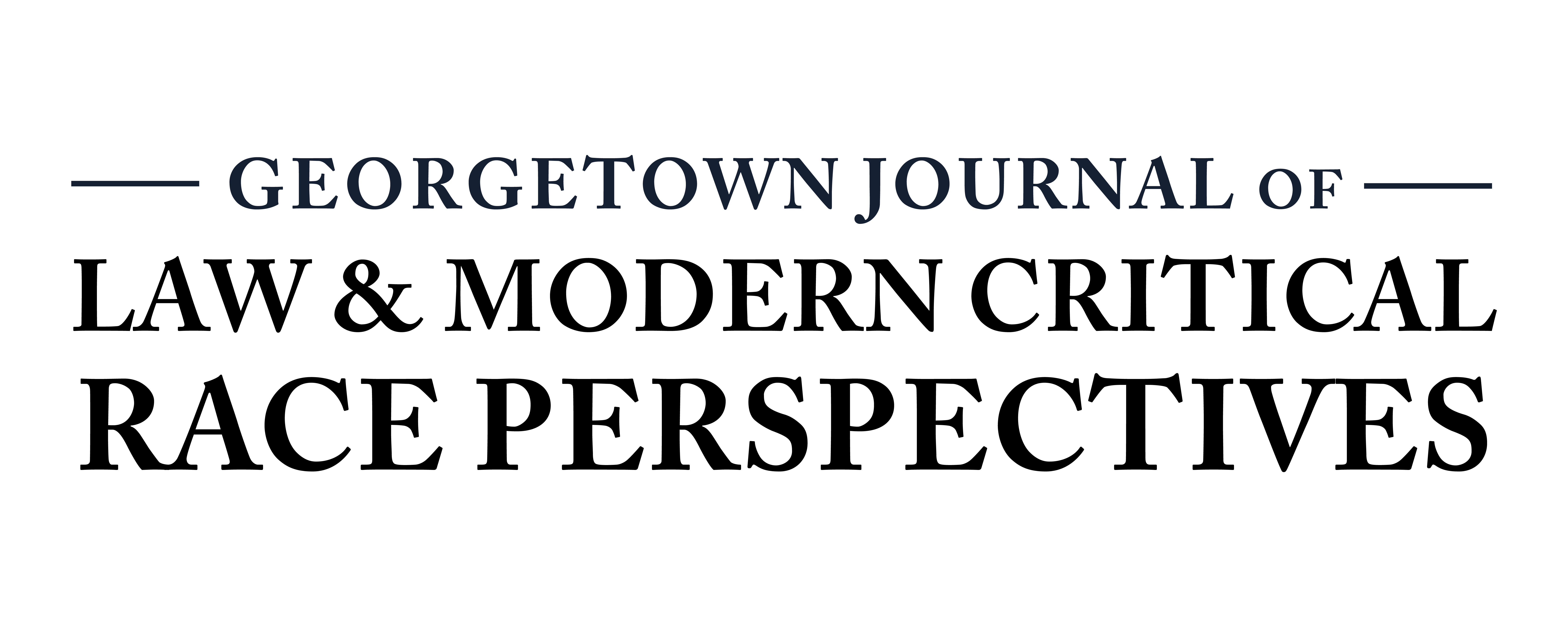A Place to Call Home: The Link Between Residential Segregation and the Disproportionate Representation of African American Children in Foster Care
Segregation and its secondary effects are visible in neighborhoods across America. During the twentieth century, government actors encouraged and enabled segregation in ways that shaped the structure of the country. As white families largely moved out to the suburbs and built generational wealth with the help of government-subsidized mortgages, Black families were often pushed into urban areas that lacked resources and opportunity. A series of explicit and informal policies widened
the wealth gap, and today, residential segregation persists between Black and white families.
Residential segregation affects where we all live, and it has secondary and tertiary effects on where children live. This paper will argue that residential segregation, and the poverty and racism that it fosters, is one reason why children of color are disproportionately represented in the foster care system. Although dismantling the system that led to our modern-day segregation would require long-term buy-in from multiple institutional actors, child welfare workers face urgent decisions every day, such as removing a child from their home. While society works to address the structural factors causing the disproportionate representation of Black children in foster care, the child welfare system can and should immediately act in a way that is more sensitive to the realities of racial segregation and its effects.
This paper will focus primarily on state actions that caused the current state of residential segregation, as the catalog of the millions of private actions that created residential segregation could fill many papers of its own. Additionally, because state action determines the process for removing children from their homes, state and general public action is necessary to change the way that state actors determine which children must become involved in the foster care system – another focus of this paper. Part I will present background information on residential segregation from the beginning of the twentieth century through today. Part II will focus on the development of the child welfare system to try to illuminate how we have arrived at a racially disproportionate foster care population. After describing the background for both topics, Part III will argue that residential segregation is one of the driving forces of the disproportionate representation in the foster care system because it created the wealth gap and concentrated poverty into disadvantaged neighborhoods. Finally, Part IV will argue that the child welfare system must confront the effects of residential segregation on child welfare, analyze a selection of efforts by the child welfare system to act in a more race-conscious way, and provide recommendations on how to move forward.

